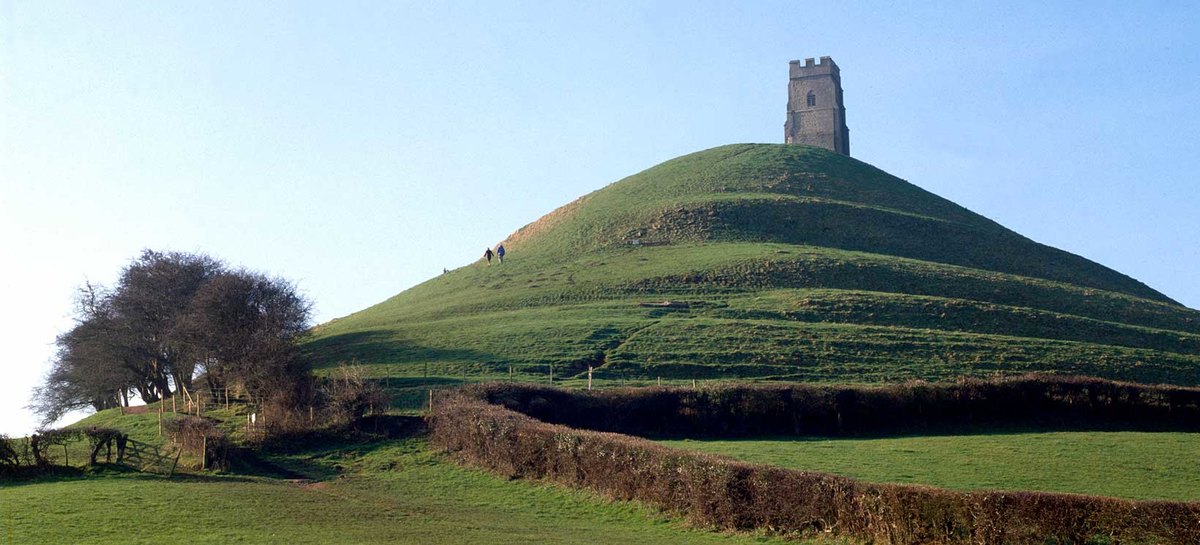
( Public domain ) Glastonbury Abbey’s Reputation Made For Church Politics The elegant medieval remains of Lady Chapel, Glastonbury Abbey. Upon his death, he was buried in the Old Church. The monastery was then later founded on the same site by St Patrick, who became first abbot of Glastonbury. It was consecrated to the Virgin Mary 31 years after the Passion of Christ. Radford’s finds would also seem to substantiate claims made by the Glastonbury religious community that it was the “birthplace of Christianity” in England.Īccording to their own histories, recorded by William of Malmesbury in his Antiquities of Glastonbury, the original church was built on the site by Joseph of Arimathea and his 11 brethren, who were gifted the Isle of Glastonbury by a British pagan king called Lucius. Archaeological digs at Glastonbury in the 1960s conducted by Ralegh Radford revealed evidence of possibly early Christian or pre-Christian activity dating back to the 6th century AD, suggesting it had been a sacred site for many hundreds of years.

Glastonbury was also one of the oldest religious sites in all of Britain. Glastonbury had long enjoyed the patronage and protection of the English monarchy, as well as national and international fame through its association with prominent saints such as St Patrick and St Gildas. Glastonbury Abbey was the wealthiest monastery in England at the time of the Norman Conques t in 1066 AD and remained one of most powerful and influential institutions right up until the dissolution of monasteries in 1536-1541 under King Henry VIII.

( Igor / Adobe Stock) Glastonbury Abbey: The Wealthiest Monastery in England

The ruins of Glastonbury Abbey, which reveal the immense wealth and power of this monastery in ancient times. But was this discovery genuine, or was it a meticulously planned hoax designed to bring fame and wealth to Glastonbury’s monastic community? Was the finding of Arthur’s grave a happy coincidence, or the most successful publicity stunt of the 12th century? Whatever you may believe about the legends of King Arthur, to the people of 12th century England, Arthur was a very real person, and the discovery of his grave made the legends tangible, like never before. Following the discovery, the abbey’s popularity exploded, and pilgrims came from all over England to see the shrine of the famous king. When the grave of the legendary English King Arthur was discovered on the grounds of Glastonbury Abbey in the year 1191, it seeded a cult that would continue to bring visitors to Glastonbury for nearly a millennium right up until the present day.


 0 kommentar(er)
0 kommentar(er)
